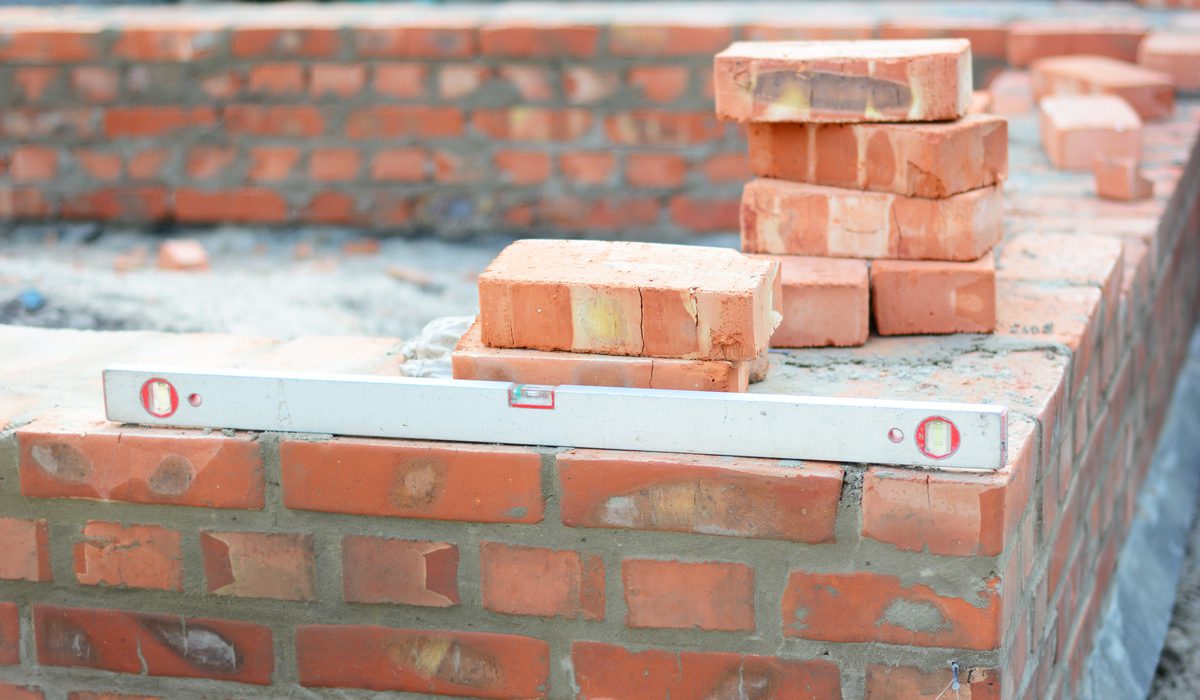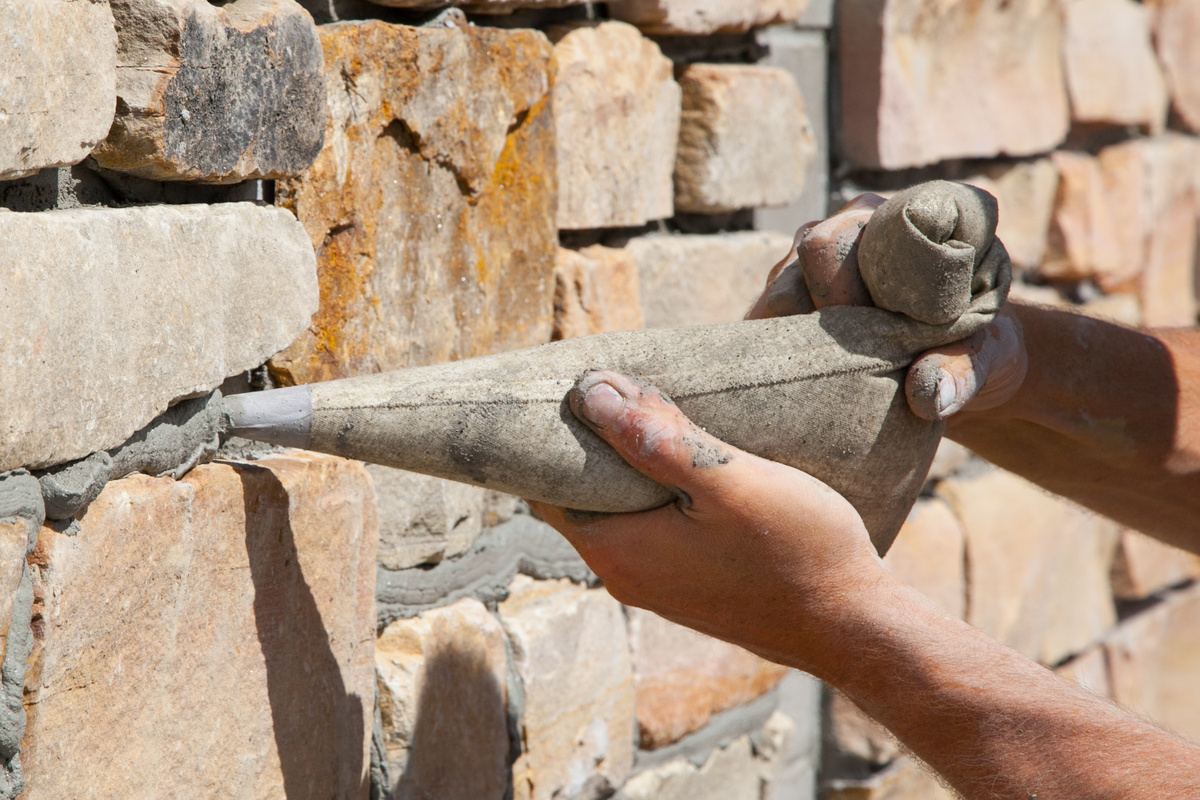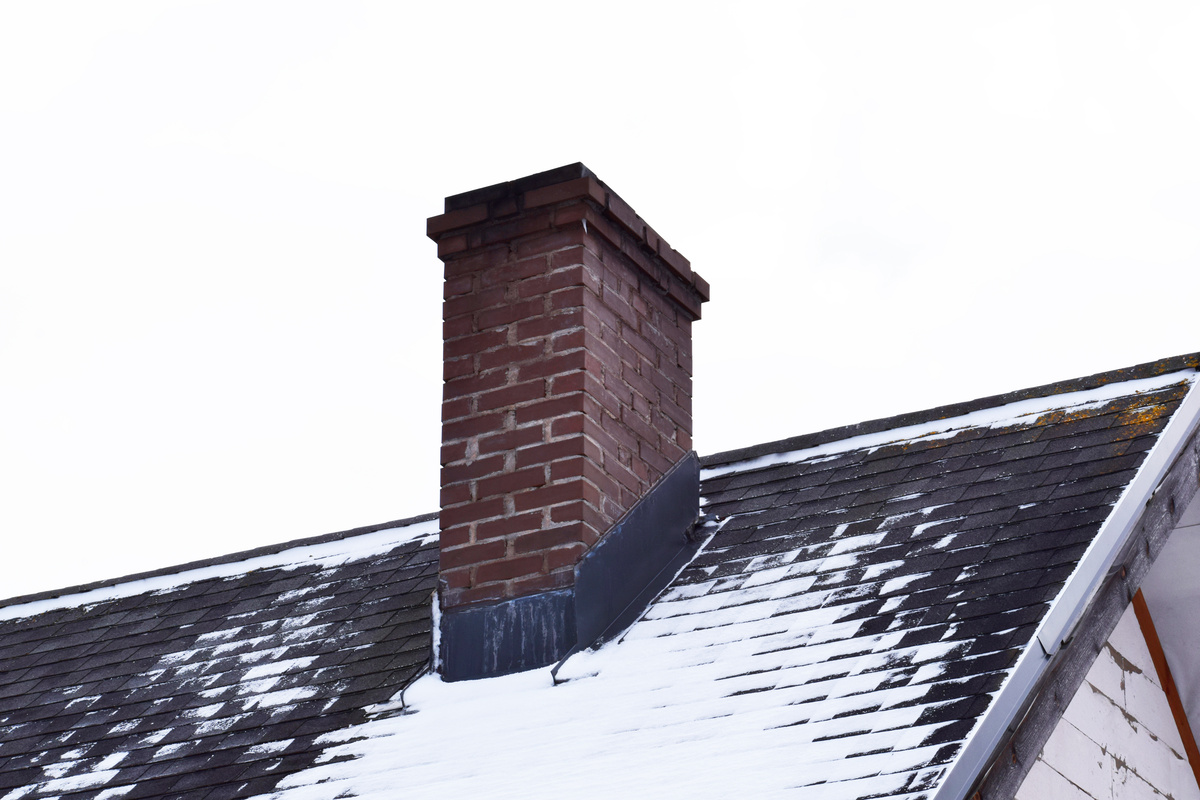Why DIY Masonry Repair is not Recommended
The beauty and character of historic brick buildings represents part of the character and identity of the community or town where it is located. It represents their cultural history and is sometimes our only link to the past. Older masonry buildings are often prime examples of the artistry and skill that was employed many generations ago. Even though many of these buildings are architectural gems, they do occasionally suffer the effects of time. Continue reading to learn what might cause this corrosion and how a qualified mason can undo the harm and bring the building back to its former glory.
Structural Cross Section of Historic Structures
Simply put, all older structures, regardless of how beautiful they are, were made with readily accessible material and the available technology of that time. Vulnerabilities may result from the use of lower grade material or material with specific weaknesses that were not identified at the time of building. To conduct a thorough inspection and locate these weak points, using only the most advanced training and technology, is required. Regular maintenance is required for masonry structures, which similarly applies to structures that were built from high-quality material.
Considerable Structural Movement
A building may move a significant amount over the course of its lifetime due to various reasons. This could be through a singular event, like an earthquake, or it could be through a more long-term condition at the very foundation. Movement causes interaction between different types of material and cracks often show up as the first signs of possible major displacement being present. An expert structural engineer with knowledge of building forensics can analyze the patterns of cracks, locate the problem, and decide the best course of action for masonry restoration to take place.
Moisture Is the Most Hated Word
Brick, terracotta, and stone are some of the most commonly used materials from the past and form the “building blocks” of historic masonry. Water has the potential to adversely affect the delicate balance between mortar and brick, therefore maintenance is crucial to prevent any water leaks or pooling. Apart from the wall, any amount of water can also permanently harm the structure’s interior finishes. To keep a building’s structure operating as per the designer’s initial vision, basic repairs like tuckpointing or other masonry repair work, must be carried out regularly by masonry specialists.
Historic building must be preserved for our future generations. To achieve this, regular and thorough maintenance, together with specific masonry restoration, all designed and carried out by experts in their field, will prevent irreparable structural problems. One of the most important first steps is to put together a project team before a maintenance or restoration project can commence. This team will carry out a thorough inspection and evaluate the current state of the structure.
They will consider the structure’s original design plans and the technology used at the time of construction. A qualified team can identify any deterioration in structural mechanisms that are responsible for different building components. They would also recognize whether a combination of similar problems exist that affects the entire building.
Masonry Restoration Experts
The right care and restoration techniques must be employed in order to preserve the historic masonry of a culturally important building. Allow a qualified specialist to do the necessary masonry repair work after conducting a full evaluation of the deteriorating structural issues. By doing this, we can make sure that these historic structures survive, thrive, and continue to capture the next generation’s curiosity for a long time to come.
For any queries on historic building restoration or maintenance, call on Craftsmen Masonry & Tuckpointing today.


